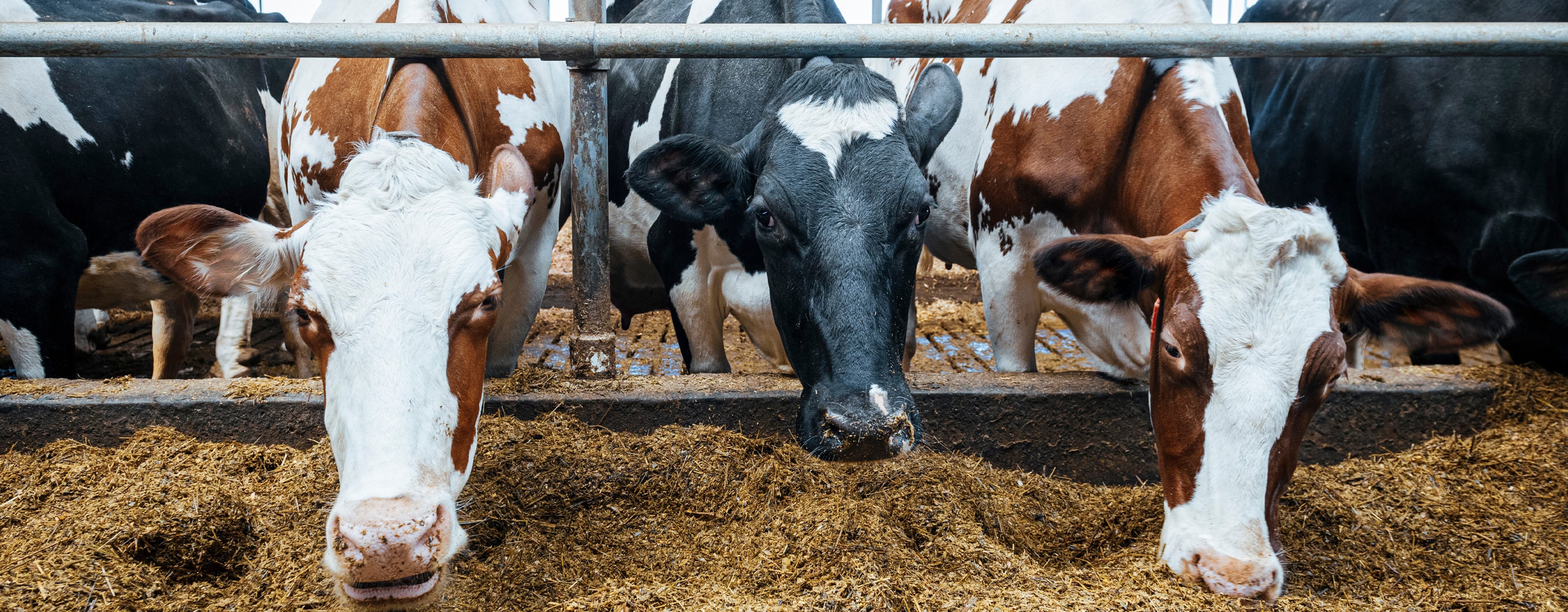1. Svenskt Kött. About meat. Website accessed 2023-02-07.
2. Fredriksson M. et al. (2006) Optimal health and welfare for calves. JBT – Department of Agricultural Biosystems and Technology, SLU.
3. Lidfors L. et al. (2004) Cow-calf separation: Less stress when dairy cows and calves are divorced early. SLU, Facts Agriculture 13:2004.
4. Jensen P. (1993) Animal behavior and the reasons for it. Nature and Culture, LT's publishing house. Stockholm.
5. Official Statistics of Sweden (2022) Livestock production. Annual and monthly statistics 2022:05.
6. The Swedish Board of Agriculture's regulations and general advice on cattle husbandry in agriculture etc., SJVFS 2017:24, L104.
7. Swedish Board of Agriculture (2014) Beteslagstiftningens effekter på lönsamheten i mjölkföretagen – en studie av tre typgårdar. Report 2014:16.
8. Lantbrukarnas Riksförbund (2013) "Dairy farmers want to take more responsibility for grazing" Press release 2013-09-09.
9. Växa Sweden. Personal message 2020-04-16.
10. Flyrén L (2011) Is there a connection between increased milk production and mastitis? SLU, Degree Project in Veterinary Medicine.
11. Atkinson S. et al. (2013) Assessment of stun quality at commercial slaughter in cattle shot with captive bolt. Animal Welfare, vol. 22, ss. 473-481.
12. KRAV rules 2023.







